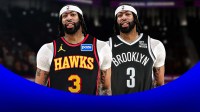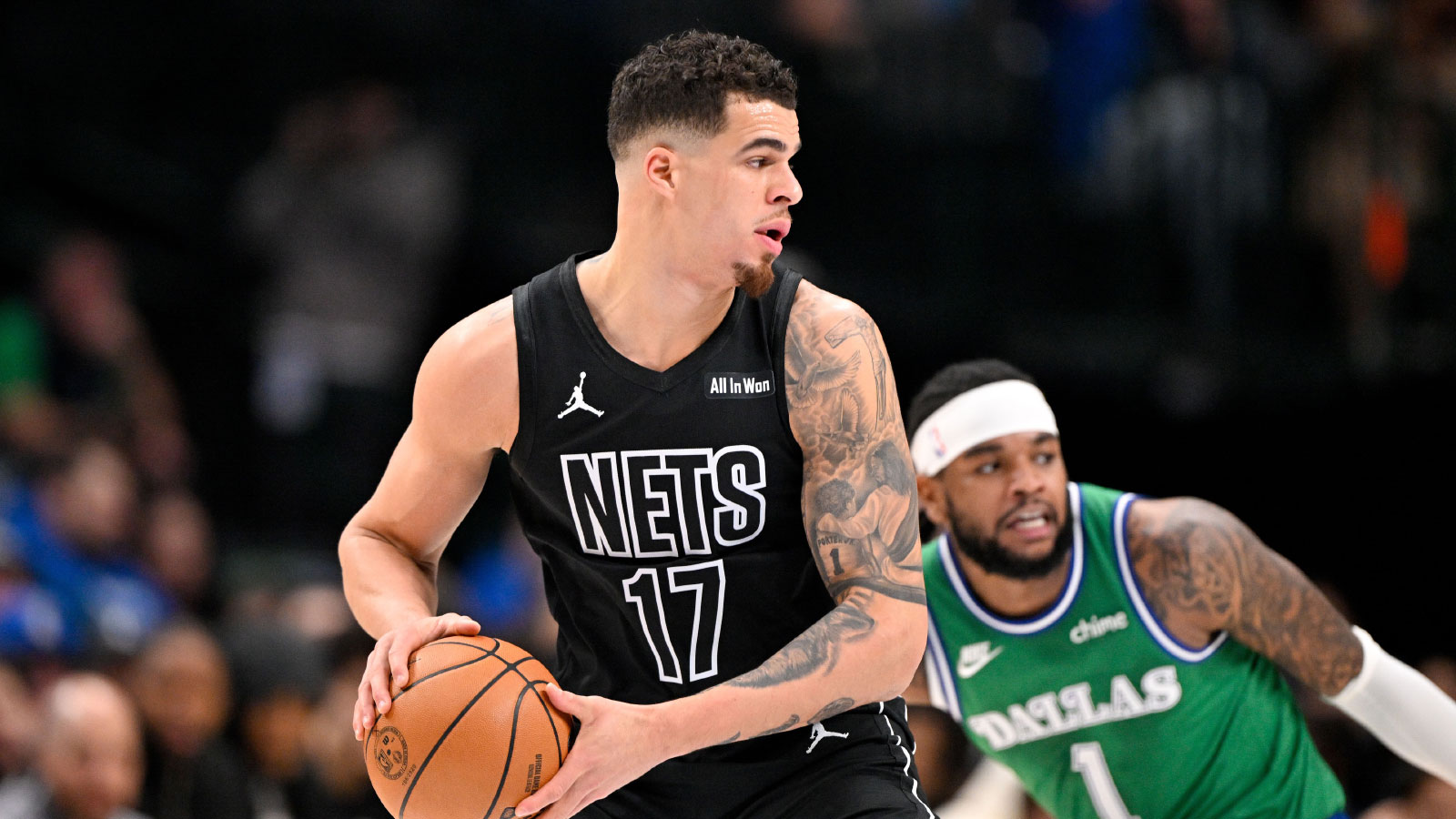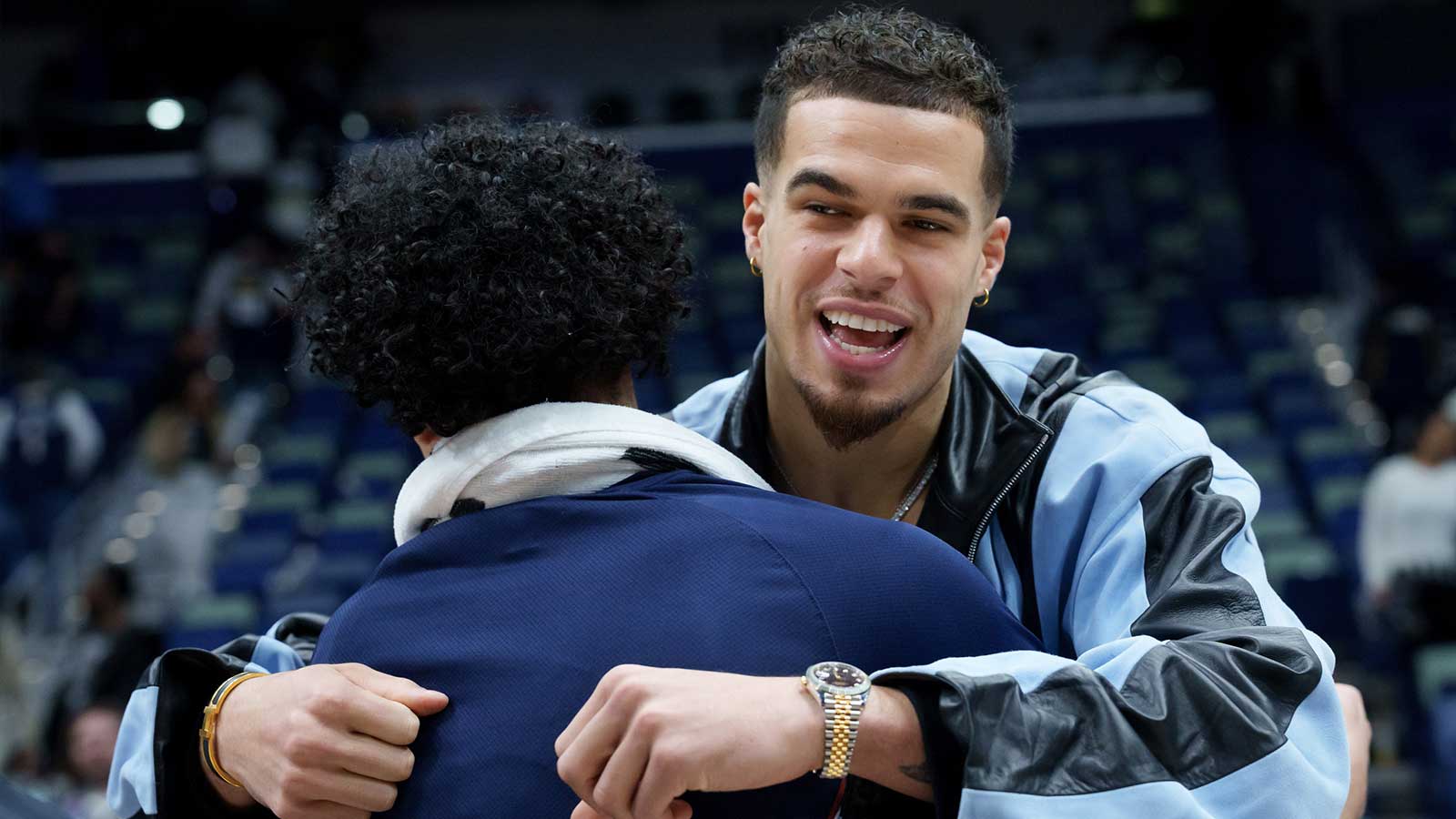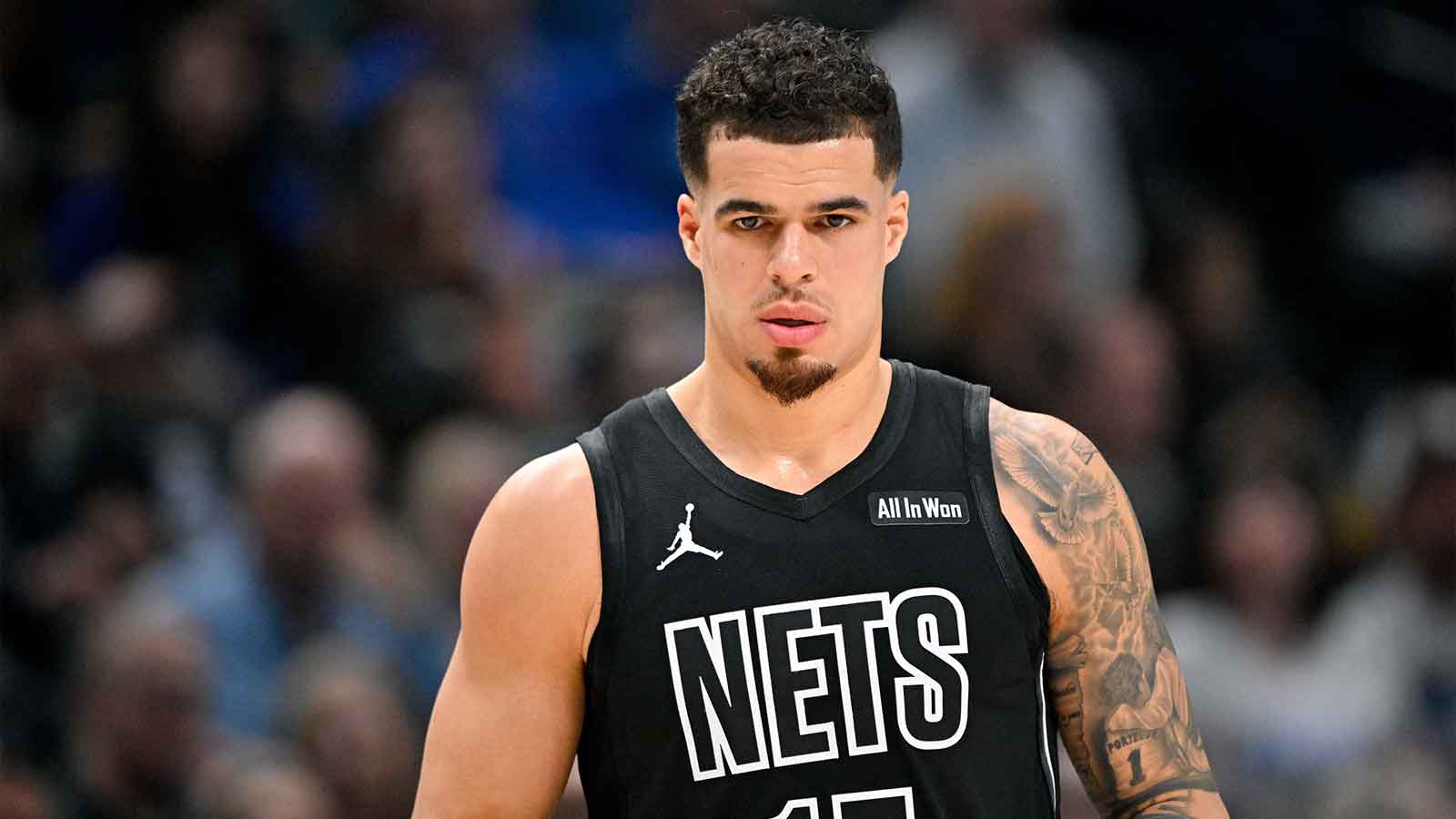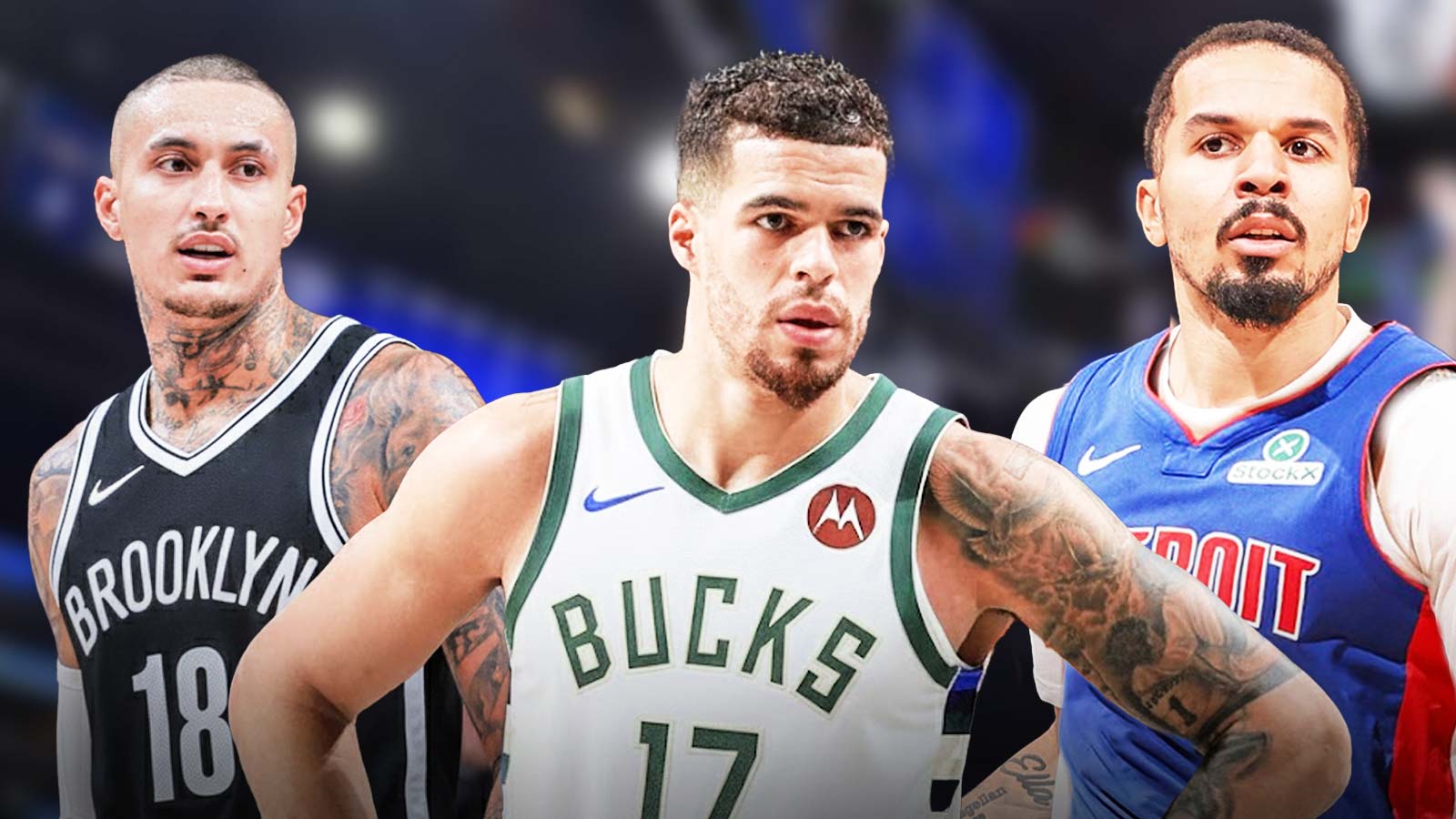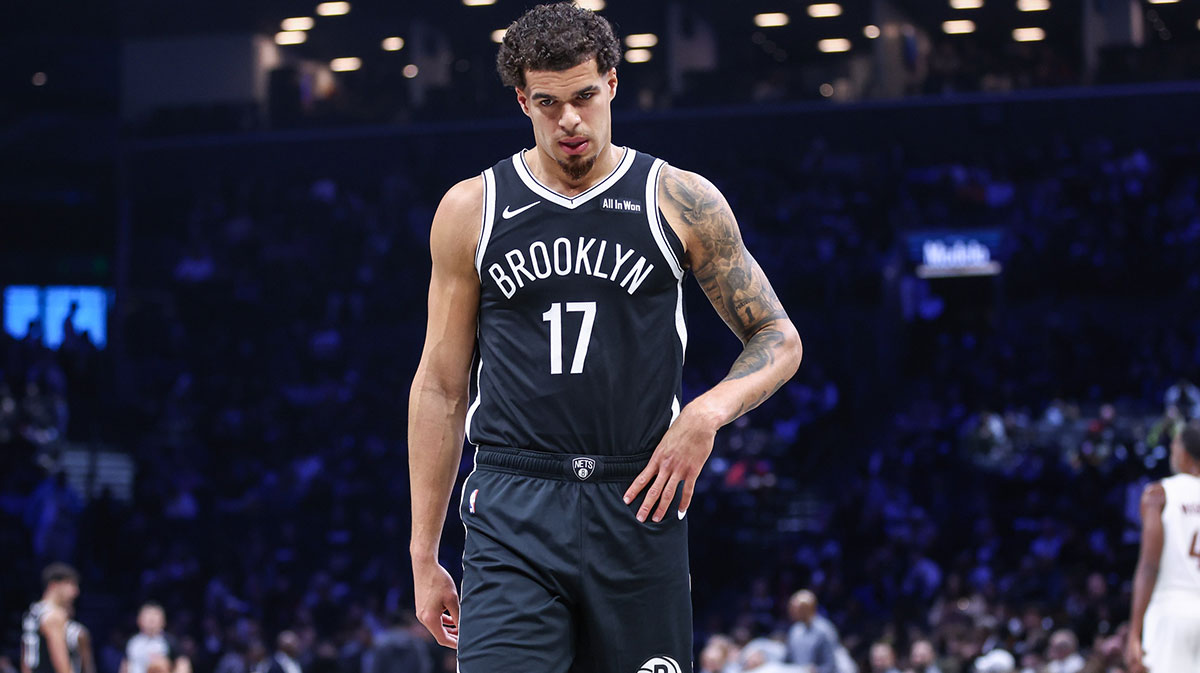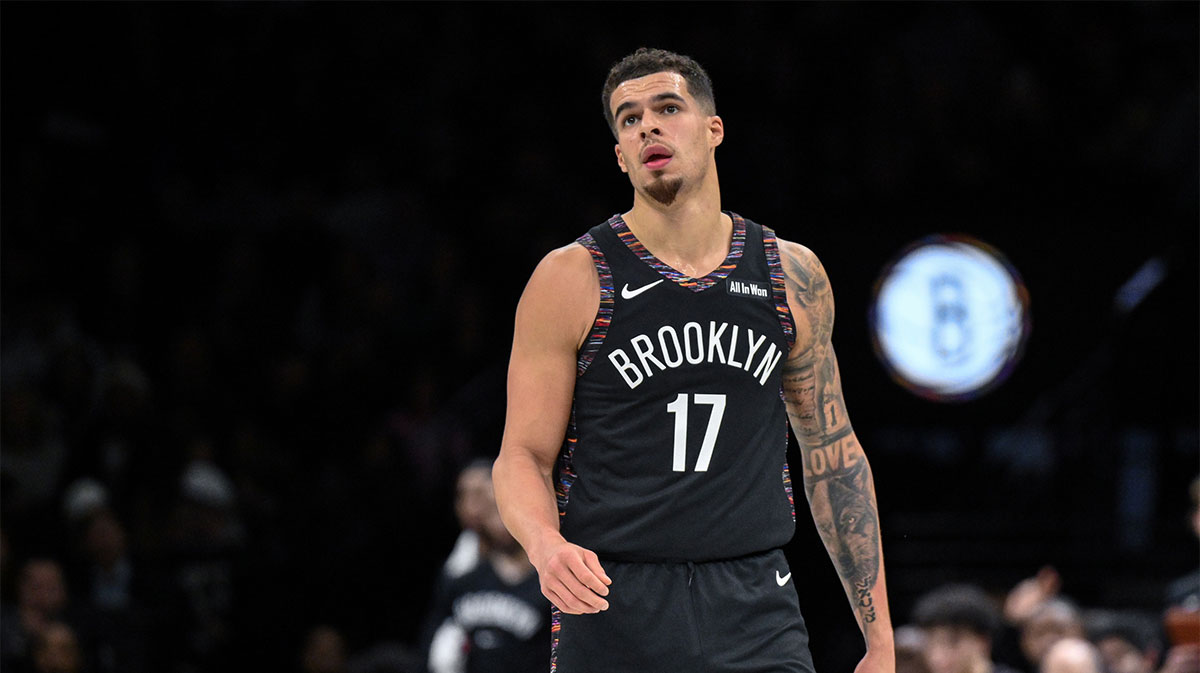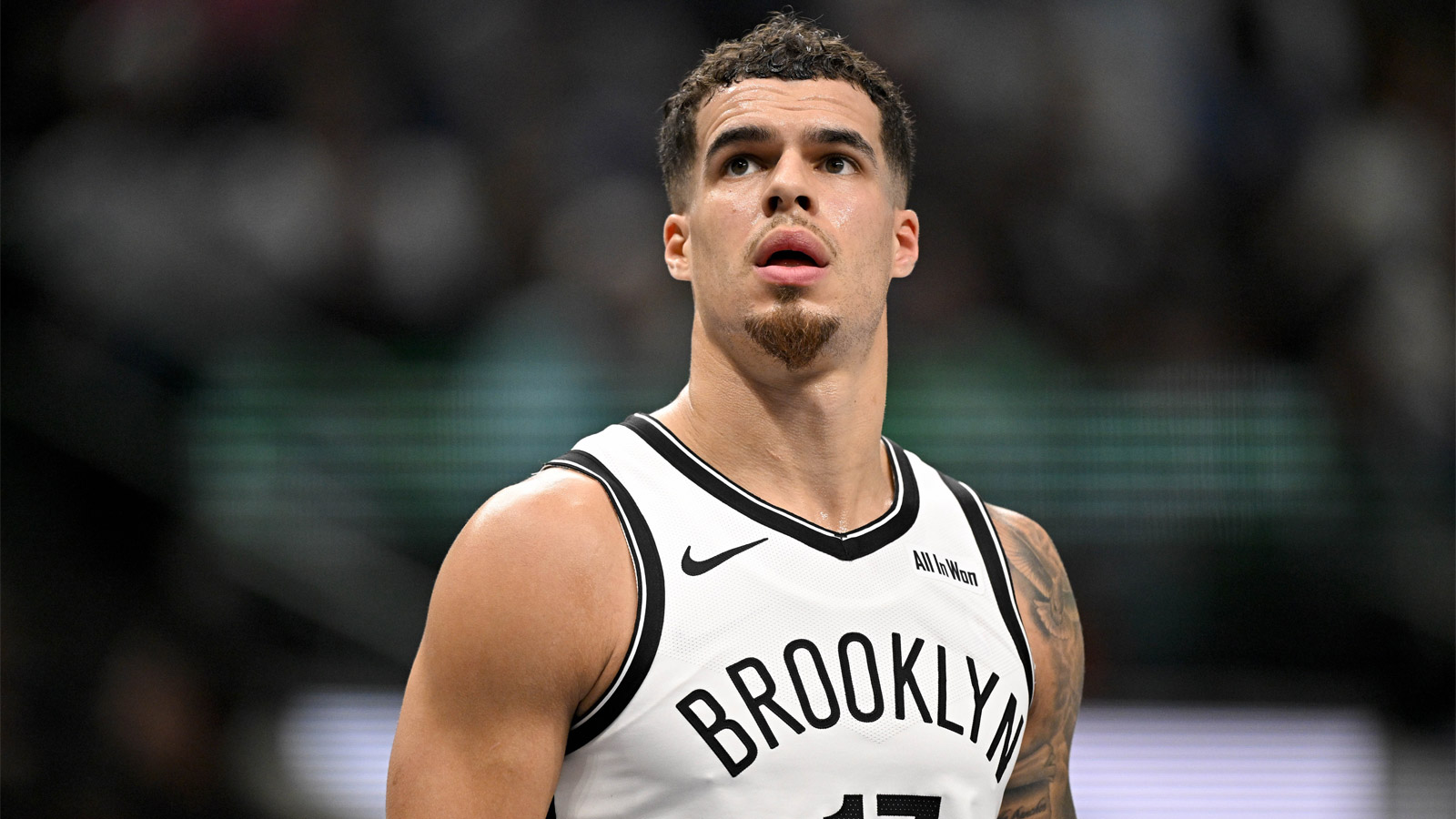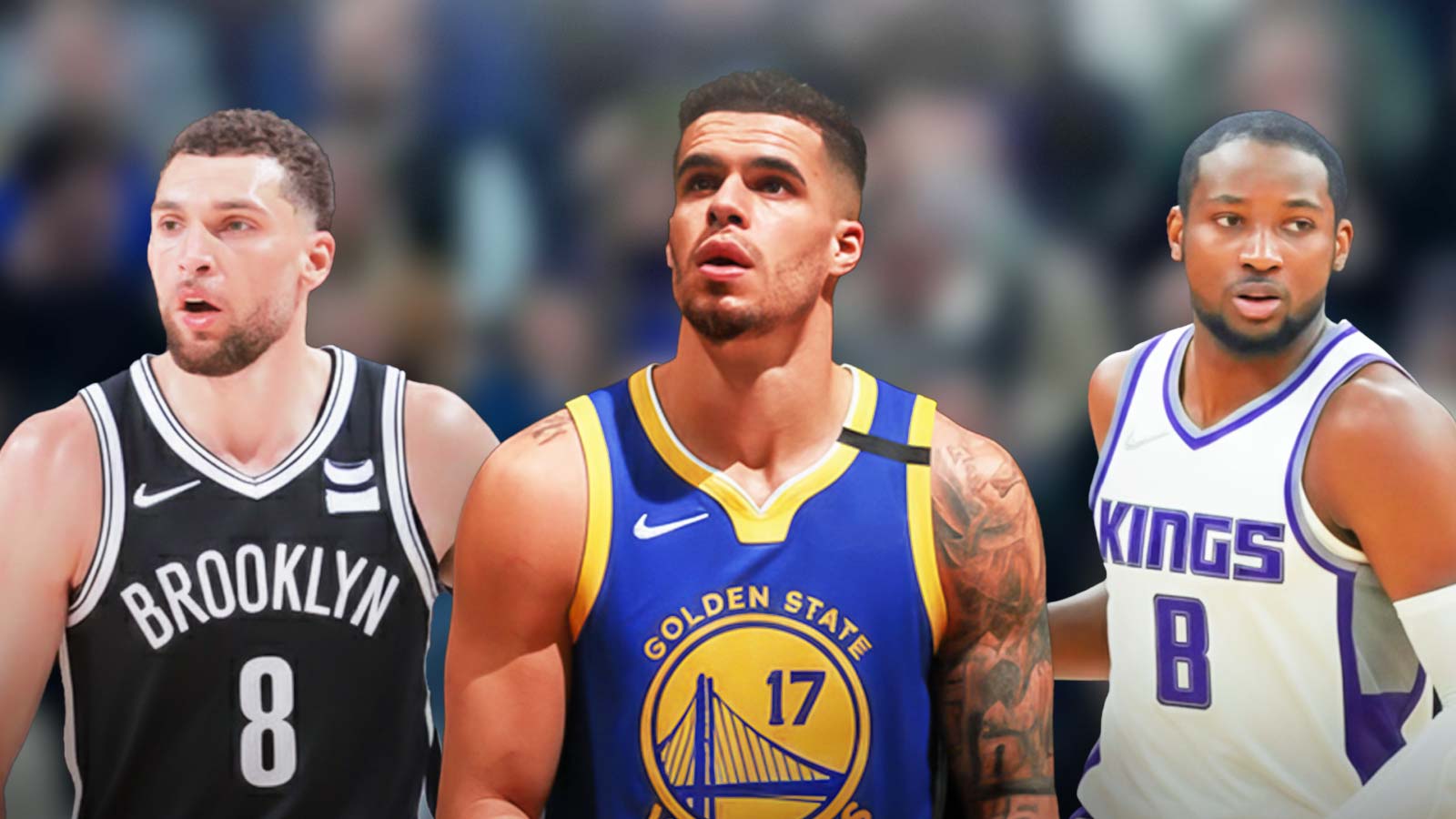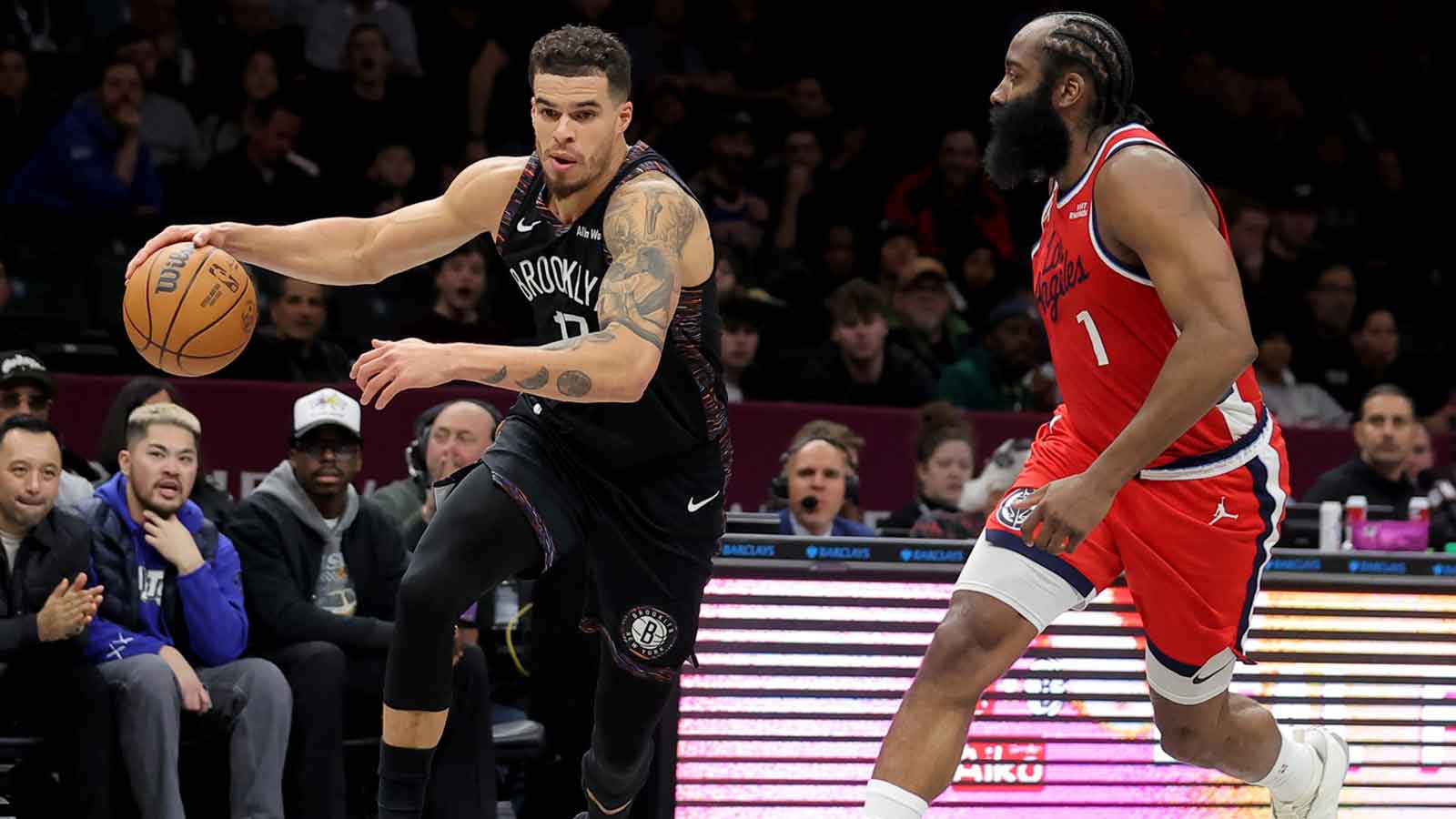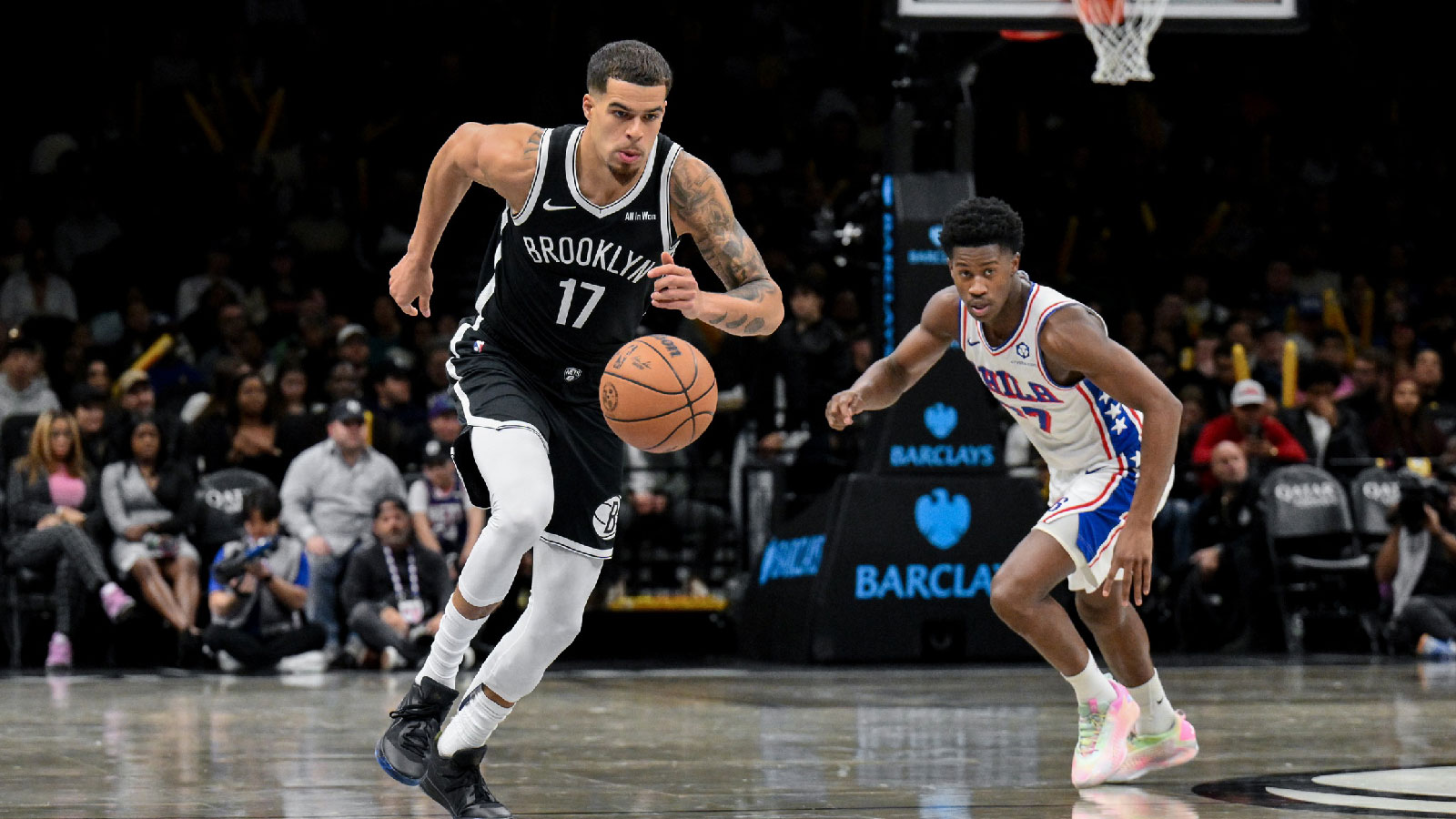The Brooklyn Nets blew a 12-point lead Friday in Indiana to drop to 9-11 on the season.
After an offensive explosion that allowed the Nets to gain control early, Brooklyn's defense faltered down the stretch, allowing 71 points on 21 of 40 (52.5 percent) shooting in the second half. The Nets now rank 20th in defensive rating for the year.
Brooklyn's lack of cohesion and discipline in several defensive areas was alarming during Friday's loss. With that, we go to the film to break down the Nets' struggles on that end.
Point of attack defense
Brooklyn's lack of point-of-attack defenders has been a glaring weakness this season. The team's strength on defense lies in a versatile frontcourt consisting of Ben Simmons, Kevin Durant, and Nic Claxton. However, the Nets have proven extremely limited in perimeter defenders outside of Simmons.
Joe Harris has been disastrous defensively after opening the season strong. And Royce O'Neale, Brooklyn's heralded offseason acquisition on the wing, has struggled to defend quicker guards, as illustrated on a series of breakdowns Friday.
While O'Neale gained a reputation as a high-level defender in Utah, he is more comfortable defending bigger bodies in the post. With the Nets undersized, Simmons, Durant, and Claxton are often used to defend down low and assist in rebounding, forcing O'Neale to the perimeter, where he is nowhere near his best.
Brooklyn's lack of size in the backcourt also heavily contributes to the reliance on O'Neale at the point of attack. Kyrie Irving, Seth Curry, and Patty Mills all struggle defensively, forcing O'Neale to frequently cover quicker scoring guards. Mills and Curry's struggles against T.J. McConnel Friday exemplify their defensive deficiencies.
https://streamable.com/mkjt3f
Yuta Watanabe's return will assist in defending the perimeter. The 28-year-old was one of Brooklyn's top defenders before missing the team's last three games with hamstring tightness. Edmond Sumner offers another above-average defender. However, the guard has seen his minutes cut drastically due to three-point struggles, which have proven problematic with Simmons and/or Nic Claxton on the floor.
There is no clear-cut solution to Brooklyn's reeling perimeter defense on the current roster. And until the Nets find an answer, they will continue to struggle closing out games.
Halfcourt miscommunications
On top of deficiencies at the point of attack, Brooklyn struggles to navigate screens in half-court actions. Because of this, the Nets have frequently defaulted to a switch-everything scheme, leading to constant mismatches and second-chance opportunities. Brooklyn ranks dead last in defensive rebounding percentage for the season.
This switch-heavy scheme also leads to frequent miscommunication. The number of breakdowns in Brooklyn's halfcourt defense Friday was staggering. Here the Nets blow coverages on two high ball screens, leading to open looks at the rim.
https://streamable.com/ft50l8
Brooklyn's lack of communication sorting through off-ball screens proved detrimental in the loss. Here the Nets are not on the same page on a pair of back screens, leading to wide-open layups.
https://streamable.com/3xvbhv
Indiana frequently involved Tyrese Haliburton, Buddy Hield, and Myles Turner in three-man actions Friday, forcing Brooklyn to sort through a flurry of screens. Here the Pacers run Spain pick and roll (P&R with a back screen for the roller) before running another action involving the trio. The Nets are unable to sort through the sets and surrender two wide-open threes to Hield.
https://streamable.com/tjpnpo
Kevin Durant said during training camp that despite Brooklyn's added defensive versatility, he did not want the team to be overly reliant on switching.
“We’ve got to utilize it, but not in a lazy way. Point switching, or switching just to switch, stuff like that,” Durant said. “We want to be locked in and focused on staying with our guys, but also know we can switch.”
20 games into the season the Nets switch at an alarming rate given their lack of size. This has led to bad habits with Brooklyn often taking the easy way out and unnecessarily switching on off-ball actions. The following play is an example of this with O'Neale calling for an unneeded switch with Durant, who does not see him. This leads O'Neale to lose his man late in the shot clock, leading to an open dunk.
https://streamable.com/2zwas5
Brooklyn has not been on the same page defensively for the majority of this season. Their tendency to default to switches on a whim rather than working to stick with their men has been the driving factor in frequent breakdowns.
Transition defense
The Nets were scorching hot offensively for the majority of the game Friday, shooting 55.7 percent from the field and 40.6 from three for the first three quarters. However, their lethargic transition defense at several points rendered them incapable to expand leads and was ultimately a deciding factor down the stretch.
Here Brooklyn hits a three to extend their lead to six before getting beat down the floor on consecutive possessions.
https://streamable.com/gkfq1l
During another sequence, the Nets hit a three to extend the lead to nine before falling asleep on back-to-back threes, allowing Indiana to cut the deficit back to five.
https://streamable.com/gfsrlb
Brooklyn's lack of urgency in transition was on full display in the second half. The Nets first lose Hield for a wide-open layup before failing to match up and leaving two high-level shooters in Aaron Nesmith and Benedict Mathurin wide-open from three.
https://streamable.com/rs8m03
Overall, Brooklyn has failed to show the cohesion and buy-in necessary to overcome their lack of size and capable point-of-attack defenders for the majority of this season.
Given the deficiencies in their backcourt, the Nets will need far more from both O'Neale and Harris if they hope to survive defensively. They will also need to show greater commitment and focus when navigating half-court actions to avoid constant miscommunications and mismatches.
The Nets could certainly benefit from an influx of talent on the defensive end. But until that comes, Brooklyn will need to reassess an indifferent approach that shows up far more than it should for a team that has yet to crack .500.








